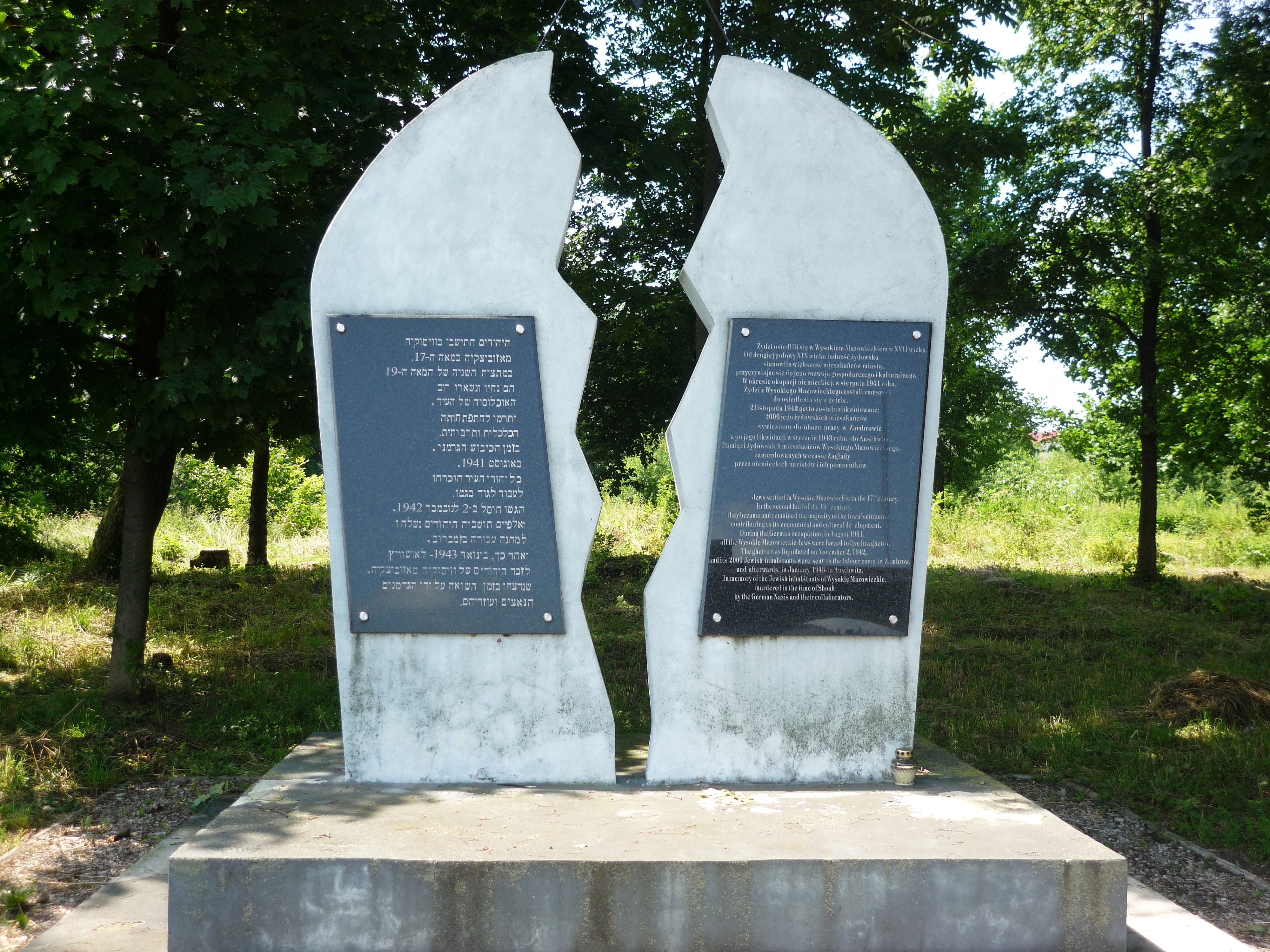|
Alpiarça
Alpiarça () is a municipality in Santarém District in Portugal. The population in 2011 was 7,702, in an area of 95.36 km2. The present Mayor is Mário Fernando Pereira and the President of the Municipal Assembly is Mario Santiago. The municipal holiday is April 2. Geography Physical geography Alpiarça is situated on a plateau in the landscape of the Vale do Tejo-Lezíria. The main town of Alpiarça is located at approximately above the Tagus Valley, some from the left bank. The morphology of the terrain is marked by plain profile, sparsely covered by vegetation, and intensely proportioned by its proximity to Tagus, alternating with pasturelands. Human geography The municipality of Alpiarça includes only one civil parish, and is limited in the northeast and east by the municipality of Chamusca, southeast and southwest by the municipality of Almeirim and northwest by the municipality of Santarém, Portugal, Santarém. International relations Alpiarça municipality is ... [...More Info...] [...Related Items...] OR: [Wikipedia] [Google] [Baidu] |
Archaeological Site Of Quinta Dos Patudos
The Arcaheological site of Quinta dos Patudos () is an archaeological site in the Freguesia (Portugal), civil parish of Alpiarça (parish), Alpiarça, in the Concelho, municipality of Alpiarça, the same name in the Portugal, Portuguese district of Santarém District, Santarém (part of the former historical province of Ribatejo). Sometimes referred to as the "castle" of Alpiarça, it is part of an archeological station within the Quinta dos Patudos, that includes the Castle of Alpiarça, Cabeço da Bruxinha, Necropolis of Tanchoal and the Necropolis of Meijão. History It is likely that the construction of the original settlement began between the 5th and 4th century B.C., resulting from a Castro culture, castro, or fortified settlement. The sites proximity to other necropoli suggest that it was important to the Celts, who left vestiges of their ritual cremation in other sites. Sometime around the 4th century B.C. this castro culture disappeared, likely pressured by distinct influe ... [...More Info...] [...Related Items...] OR: [Wikipedia] [Google] [Baidu] |
Alpiarça Municipal Chamber
The Alpiarça Municipal Chamber () is the administrative authority in the municipality of Alpiarça. It has 1 freguesia in its area of jurisdiction and is based in the town of Alpiarça, on the Santarém District. This freguesia is: Alpiarça. The Alpiarça City Council is made up of 5 councillors, representing, currently, two different political forces. The first candidate on the list with the most votes in a municipal election or, in the event of a vacancy, the next candidate on the list, takes office as President of the Municipal Chamber. List of the Presidents of the Municipal Chamber of Alpiarça * António Manuel do Amaral de Passos de Sousa Canavarro – (1933–1935) * Manuel José Coutinho – (1935–1945) * Raul José das Neves – (1945–1959) * António Augusto Proença – (1959–1963) * António Manuel Gonçalves Saldanha – (1963–1971) * José João Lúcio Avelino – (1971–1974) * Carlos Augusto Pinhão Correia – (1974–1975) * Joaquim Alcobia Ma ... [...More Info...] [...Related Items...] OR: [Wikipedia] [Google] [Baidu] |
Alpiarça
Alpiarça () is a municipality in Santarém District in Portugal. The population in 2011 was 7,702, in an area of 95.36 km2. The present Mayor is Mário Fernando Pereira and the President of the Municipal Assembly is Mario Santiago. The municipal holiday is April 2. Geography Physical geography Alpiarça is situated on a plateau in the landscape of the Vale do Tejo-Lezíria. The main town of Alpiarça is located at approximately above the Tagus Valley, some from the left bank. The morphology of the terrain is marked by plain profile, sparsely covered by vegetation, and intensely proportioned by its proximity to Tagus, alternating with pasturelands. Human geography The municipality of Alpiarça includes only one civil parish, and is limited in the northeast and east by the municipality of Chamusca, southeast and southwest by the municipality of Almeirim and northwest by the municipality of Santarém, Portugal, Santarém. International relations Alpiarça municipality is ... [...More Info...] [...Related Items...] OR: [Wikipedia] [Google] [Baidu] |
José Relvas
José Maria de Mascarenhas Relvas de Campos ( Golegã, Golegã, 5 March 1858 – Alpiarça, Casa dos Patudos, 31 October 1929; , was a Portuguese politician and Prime Minister of Portugal. Personal life Jose was married to Eugénia de Loureiro Queirós Couto Leitão. He had three children: Carlos, João and Maria Luísa. Political career An historic republican, he proclaimed the republic from the balcony of the Municipal Chamber of Lisbon, on 5 October 1910. He was the second Minister of Finance during the provisional government led by Teófilo Braga, from 12 October 1910 to 3 September 1911. After that, he served as ambassador of Portugal in Madrid, from 1911 to 1914. He was President of the Ministry (Prime Minister), from 27 January to 30 March 1919, in one of the many short-lived governments of the Portuguese First Republic. His house in Alpiarça Alpiarça () is a municipality in Santarém District in Portugal. The population in 2011 was 7,702, in an area of 95.36& ... [...More Info...] [...Related Items...] OR: [Wikipedia] [Google] [Baidu] |
Carlos Montez Melancia
Carlos Montez Melancia (21 August 1927 – 23 October 2022) was a Portuguese politician. He was the Governor of Macau from 9 July 1987 to 23 April 1992. Biography Melancia was born in Alpiarça, Santarém District, Portugal in 1927. In 1990, his alleged corruption affairs were published in the media. He was subsequently indicted for suspected bribe taking by the Prosecutor General of the Republic, thus causing him to resign as Governor of Macau in that year. Melancia was later acquitted and found innocent of all charges by the Portuguese Supreme Court in 1994. He also served as Minister of Industry and Technology (1978), Minister of the Sea (1983–1985) and Minister of the Social Equipment (1985). Melancia was the godson of José Relvas, a key figure of the 5 October 1910 revolution and prominent politician in the First Portuguese Republic. Carlos Melancia died on 23 October 2022, at the age of 95. See also * Portuguese Macau Macau was under Portuguese Empire, Portugue ... [...More Info...] [...Related Items...] OR: [Wikipedia] [Google] [Baidu] |
Abel Fontoura Da Costa
Abel Fontoura da Costa (9 December 1869 – 7 December 1940) was a Portuguese colonial administrator, a military officer, a politician and a scientist.Abel Fontoura da Costa Leonor Lopes, Arquivo Distrital de Santarém He attended the and enlisted into the Navy in 1887. His highest rank was . In 1901, he took part in a commission that marked the boundary between |
Santarém District
The District of Santarém ( ) is a district of Portugal, located in Portugal's West and Tagus Valley region. The district capital is the city of Santarém. The district is the 3rd largest in Portugal, with an area of , and a population of 475,344 inhabitants, giving it a population density of 70 people per sq. kilometer (180 people per sq. mile). Municipalities The district includes the following 21 municipalities. * Abrantes * Alcanena * Almeirim * Alpiarça * Benavente * Cartaxo * Chamusca * Constância * Coruche * Entroncamento * Ferreira do Zêzere * Golegã * Mação * Ourém * Rio Maior * Salvaterra de Magos * Santarém * Sardoal * Tomar * Torres Novas * Vila Nova da Barquinha Summary of votes and seats won 1976–2022 , - class="unsortable" !rowspan=2, Parties!!%!!S!!%!!S!!%!!S!!%!!S!!%!!S!!%!!S!!%!!S!!%!!S!!%!!S!!%!!S!!%!!S!!%!!S!!%!!S!!%!!S!!%!!S!!%!!S , - class="unsortable" align="center" !colspan=2 , 1976 !colspan=2 , 1979 !colspan=2 , 1980 !co ... [...More Info...] [...Related Items...] OR: [Wikipedia] [Google] [Baidu] |
Almeirim
Almeirim () is a city and a municipality in Santarém District, Portugal. The population in 2011 was 23,376, in an area of 222.12 km2. The city proper had a population of 10,520 in 2001. History There are vestiges of mid-Paleolithic to Mesolithic period along the territory, including traces from Neolithic, Calcolithic and Bronze Age remnants. The Iron Age also marked this region, with archaeological excavations unearthing settlements and artefacts. Roman legions of Décimo Junius Brutus occupied the territory, following the Tagus upstream and disembarking in Santarém, where they left their marks. These, along with other groups, occupied arable lands, beginning in the first century A.D. This included the development of agriculture (particularly wheat and olive orchards) and raising of cattle, supporting the establishment of Almeirim along the margins of the Tagus. References to this municipality, began appearing in the 14th century. With rich lands, the territory supported h ... [...More Info...] [...Related Items...] OR: [Wikipedia] [Google] [Baidu] |
Wysokie Mazowieckie
Wysokie Mazowieckie (; ) is a town in north-eastern Poland, in Podlaskie Voivodeship. It is the capital of Wysokie Mazowieckie County. Population is 10,034 . History Wysokie was founded by Polish people, Polish settlers from nearby Mazovia in the Middle Ages. It was a royal settlement, and in 1469 the first parish church was founded. In 1503, Alexander Jagiellon granted Magdeburg rights, Magdeburg town rights, confirmed previous laws, and granted brewing rights to the townspeople. Later, it became a private town of various szlachta, Polish nobles, including the Potocki and Piotrowski families, administratively located in the Podlaskie Voivodeship (1513–1795), Podlaskie Voivodeship in the Lesser Poland Province, Crown of the Kingdom of Poland, Lesser Poland Province of the Kingdom of Poland. King Stanisław August Poniatowski established four annual fairs thanks to efforts of Andrzej Piotrowski. Following the German-Soviet invasion of Poland, which started World War II in Septe ... [...More Info...] [...Related Items...] OR: [Wikipedia] [Google] [Baidu] |
Lezíria Do Tejo
The Comunidade Intermunicipal da Lezíria do Tejo (; "Tagus Floodplain") is an administrative division in Portugal. It was established as an ''Associação de Municípios'' in 1987, converted into a ''Comunidade Urbana'' in 2003, and converted into a ''Comunidade Intermunicipal'' in November 2008. It is also a NUTS3 subregion of the Oeste e Vale do Tejo. The seat of the intermunicipal community is the city of Santarém. Lezíria do Tejo comprises municipalities of the former districts of [...More Info...] [...Related Items...] OR: [Wikipedia] [Google] [Baidu] |
Champigny-sur-Marne
Champigny-sur-Marne (, literally ''Champigny on Marne'') is a major city in the region of Île-de-France, France. It is located from the centre of Paris. Name Champigny-sur-Marne was originally called simply Champigny. The name Champigny ultimately comes from Medieval Latin ''Campaniacum'', meaning "estate of Campanius", a Gallo-Roman landowner. In 1897 the name of the commune officially became Champigny-sur-Marne (meaning "Champigny upon Marne"), in order to distinguish it from other communes of France also called Champigny. History The Hôtel de Ville was established as an orphanage operated by the Daughters of Charity of Saint Vincent de Paul and only opened for municipal use in 1931. Demographics Immigration Transport Champigny-sur-Marne is served by Les Boullereaux – Champigny station on Paris RER line E. Champigny-sur-Marne is also served by Champigny station on Paris RER line A. This station, although administratively located on the territory of the neigh ... [...More Info...] [...Related Items...] OR: [Wikipedia] [Google] [Baidu] |
Governor Of Macau
The governor of Macau (; ) was a Portugal, Portuguese colonial official who headed the Portuguese Empire, colony of Portuguese Macau, Macau, before 1623 called captain-major (). The post was replaced on 20 December 1999 upon the handover of Macau to China by the office of the Chief Executive of Macau, chief executive of Macau. Powers of the governor of Macau The governor of Macau was responsible for the internal and local control of the colony. External relations and military needs were dealt by the Portugal, Portuguese government in Lisbon. List of captains-major and governors of Macau (1557–1999) The date refers to the date of appointment. Captains-major Governors See also * History of Macau * Portuguese Macau References {{Macau topics Portuguese Macau Governors of Macau, * 1623 establishments in the Portuguese Empire 1999 disestablishments in the Portuguese Empire ... [...More Info...] [...Related Items...] OR: [Wikipedia] [Google] [Baidu] |

